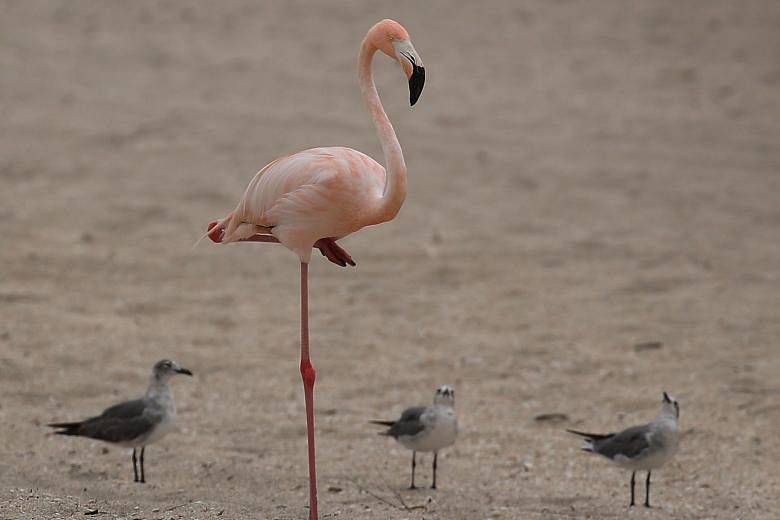Q Why do some birds stand around on one leg?
A One widespread theory among bird experts involves heat conservation.
Herons, hawks, geese, ducks and gulls - birds both short-legged and long-legged - are on the Audubon Society list of those that tuck a leg under their feathers and balance on the other. The posture reduces by half the amount of heat lost from naked, unfeathered limbs.
But some birds in warmer climates, like flamingos, also adopt the pose. Some scientists have tied it to energy conservation, suggesting that the birds are letting one foot rest.
Or it may be a hunting strategy. The one-legged stance makes a wading shore bird look more like a tree, with a single trunk and overhanging body mass - at least, from a crustacean's point of view.
The mechanics of the posture have not been extensively studied, but some research on flamingos has found that their famous pose appears to be relatively easy to maintain, without much muscular exertion, because of adaptations of their joint structure.
NYTIMES

